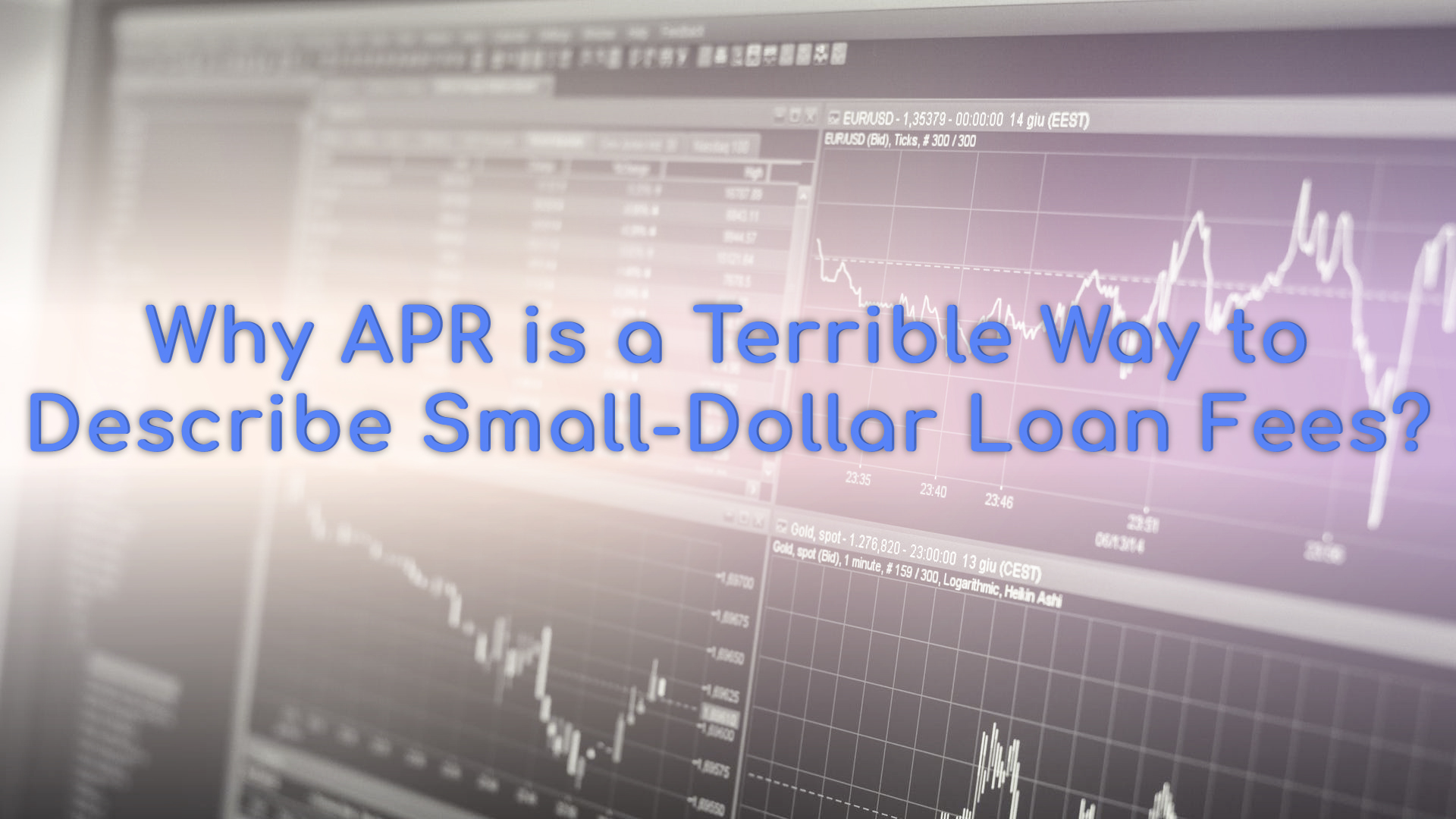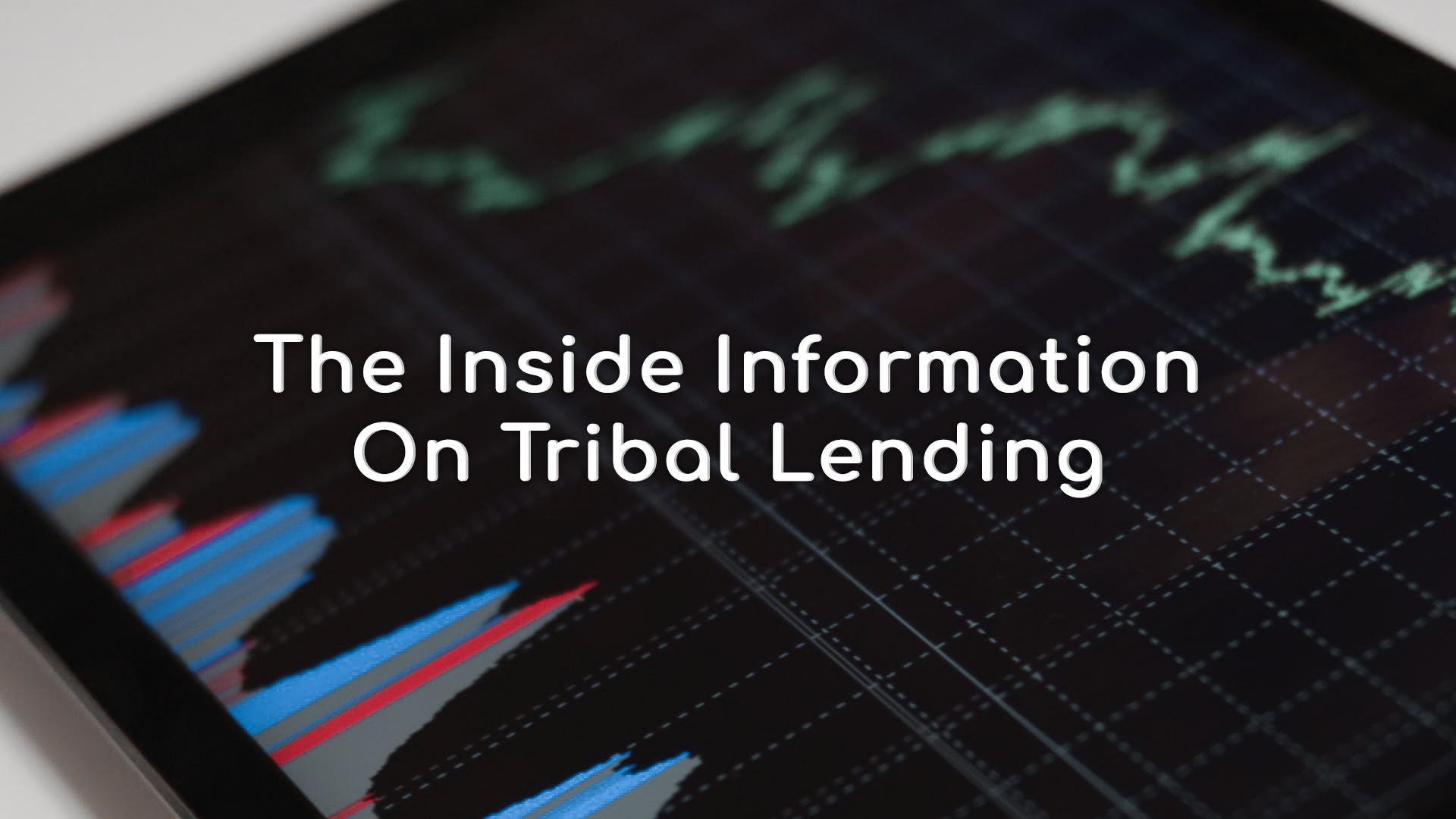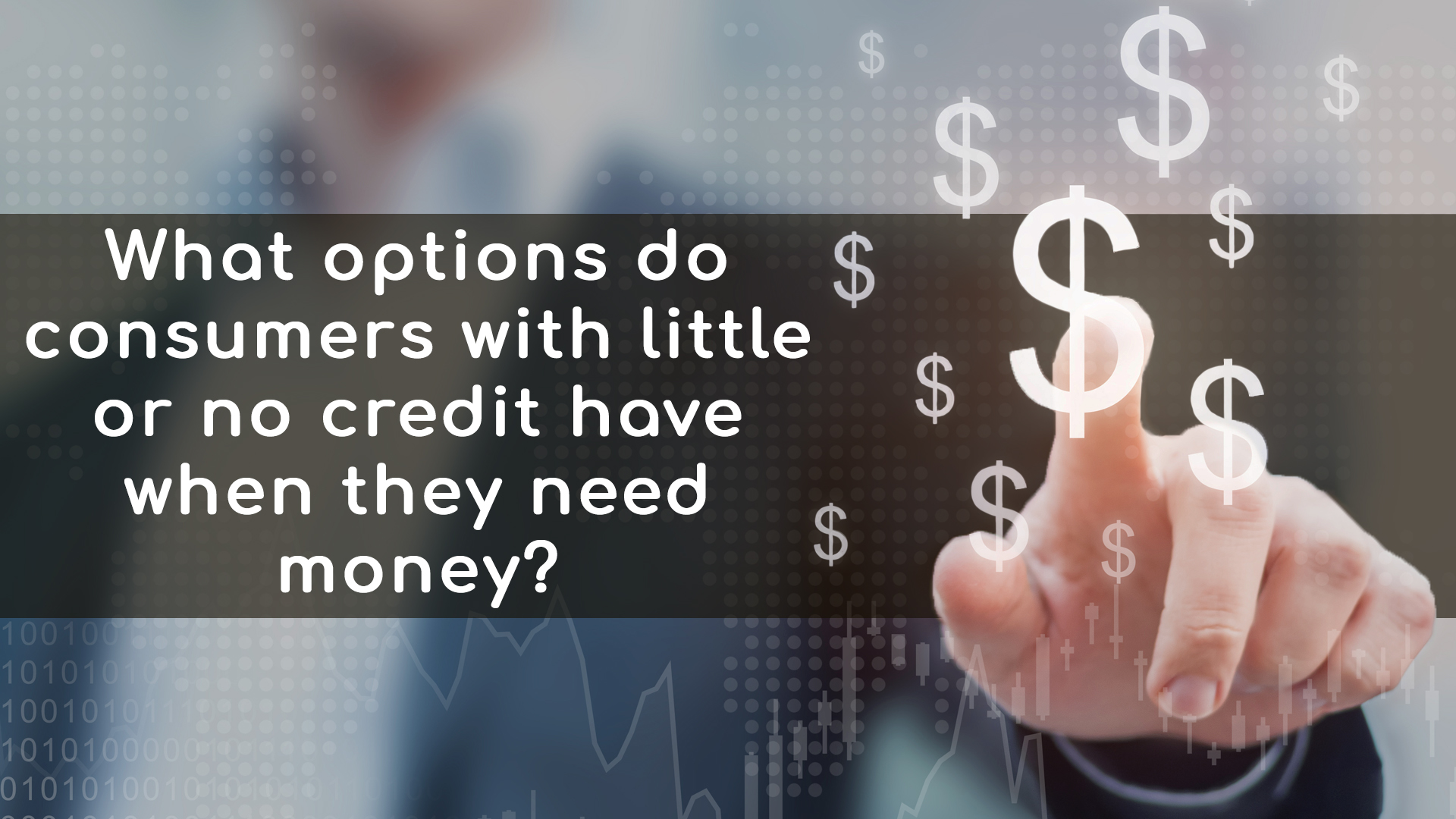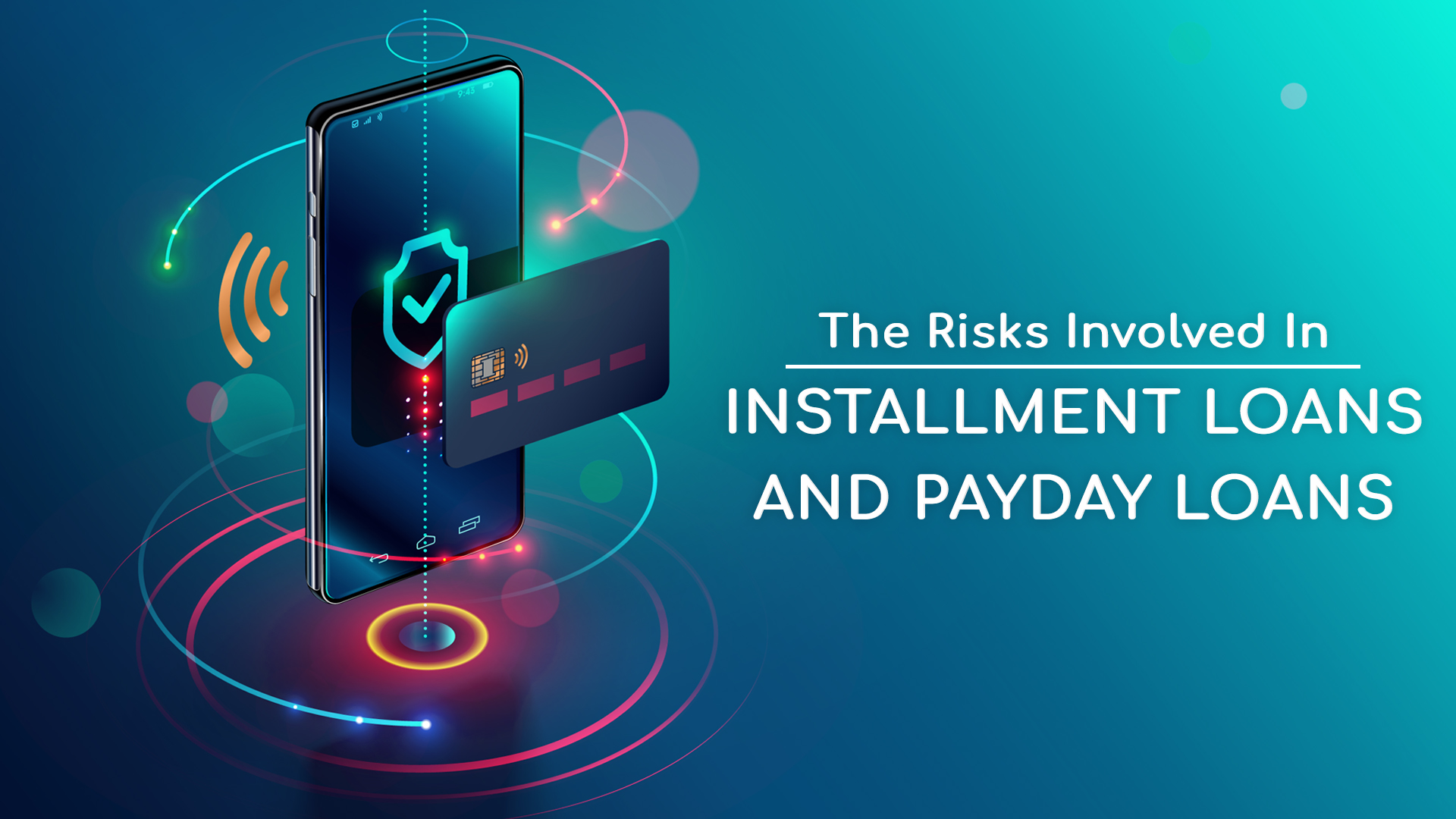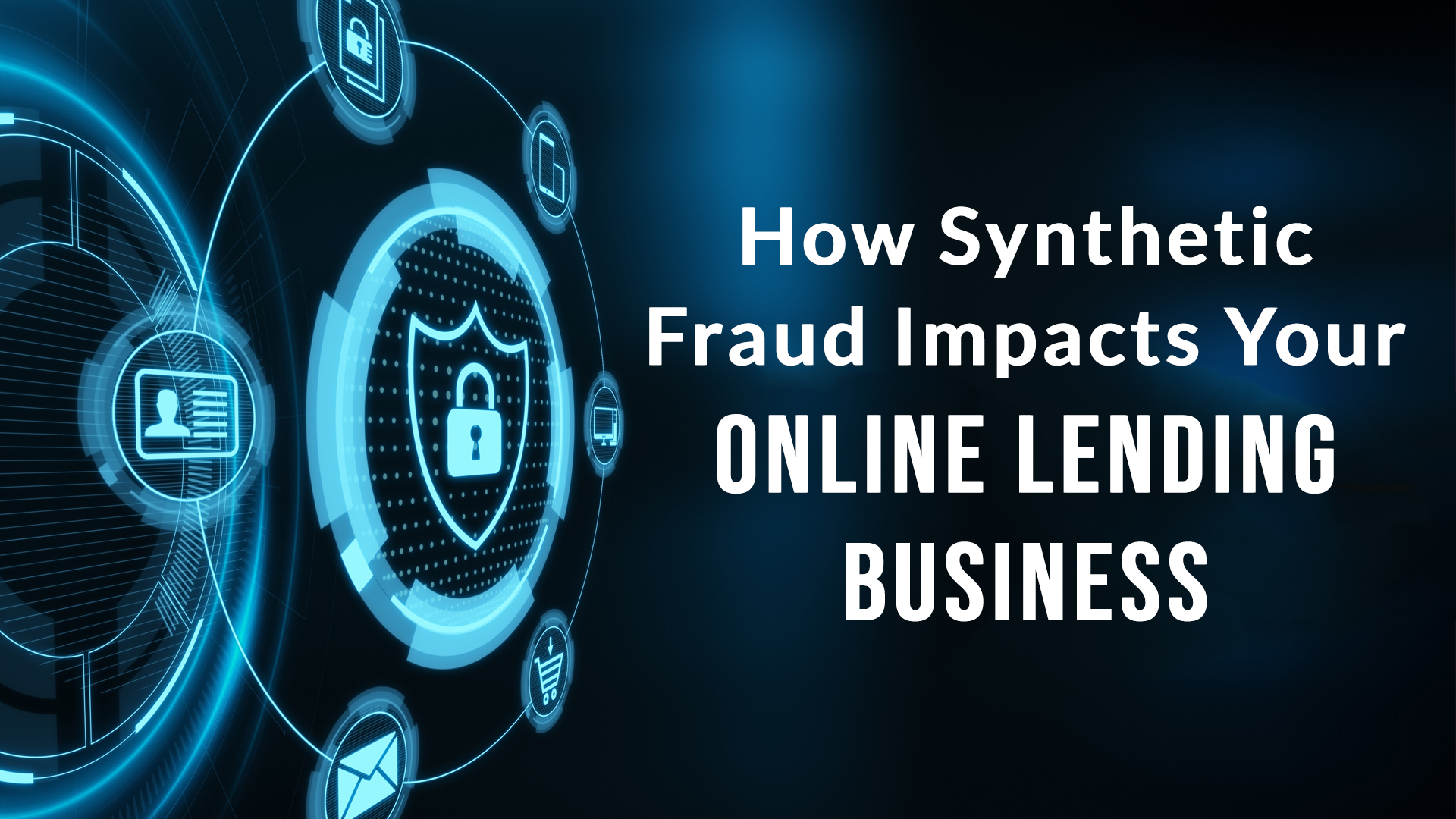Why APR is a terrible way to describe small-dollar loan fees?
There are many reasons that a person will take out a loan. Unexpected medical costs, emergencies and potential investments are a few reasons why someone may take out a personal loan. When it comes to the area of personal loans, it is inevitable to not hear the term, “APR.”
In this article we will discuss APR and why it is a terrible way to describe small-dollar loan fees.
What is APR?
APR, or annual percentage rate, is the cost the borrower pays each year to get a loan. The APR also includes the fees involved, expressed as a percentage. APR is different from the interest rate of a loan in that interest rate doesn’t include other fees associated with the loan. APR covers all grounds.
To calculate how much will be paid on a loan you simply multiply the principal borrowed amount by the APR expressed as a decimal. (Ex. 10,000 x .10 = 1,000) Of course, this may not be the entirety of fees as there might be additional charges based on the situation.
For example, if a lender lends $10,000 at 10% APR, over one year the borrower will pay 10% of $10,000 in interest. In this example, this means 1,000 dollars in interest.
To understand why APR is a terrible way to describe small-dollar loan fees, you must focus on the “annual” aspect of the acronym.
Why APR is a Terrible Way To Describe Small-Dollar Loan fees?
APR is meant to express the amount of money that would be paid in fees over the course of an entire year. It is great for expressing the fees associated with long-term loans. Long-term loans will likely last for a year or longer such as a car loan. Long-term investments such as buying a car or starting a business can result in taking out loans that will take a year or more to pay off. For these loans, APR is expressed as a reasonable amount and is generally a low number.
However, for small-dollar loans, describing fees in terms of APR is very bad. According to In Charge, “the average interest rate on the average payday loan is 391%.” 391%!!??
Why do payday loans have high APR?
Small dollars loans have a large APR due to their short-term, inherent nature. Since there is not a lot of time for interest to accrue, the rates are typically higher. The shorter the loan term, the higher the APR may be.
Depending on the state, loan amounts vary between $50-$1,500. In order for lenders to make a decent return on these types of loans, a higher APR rate is set in place. Expressing small-dollar loan fees in terms of APR can:
- Intimidate borrowers
- Decrease the likelihood of borrowers to apply for the loan
- Give lenders a bad reputation of being “greedy”
When borrowers see that they have to pay an interest rate of 391%, they instantly get intimidated. That is almost 4 times the amount they wanted to borrow! Although they need the money, they feel that taking the loan will only put them in a worse situation in the long run than they are now. Therefore, the amount of small-dollar loans taken out may be significantly smaller if expressed in terms of APR.
In addition, when people are immediately taken back by the fee amount it will cost to take out a loan, lenders can earn an undeserved reputation. Individuals online may interpret these high fees as greediness. There are many ways to express small-dollar loan fees that will ensure satisfied customers and continuous business.
How Should Small-Dollar Loan Fees be Expressed?
The most effective way to express small-dollar loan fees is to explain why the APR rate is a significant number and to make sure the borrower understands the fees. This will ensure that they don’t get turned away at a number but instead can understand why small-dollar loans have a higher APR rate.
Also, give examples instead of a large, intimidating number. Examples are a great way for individuals to understand the fees and avoiding a misconception. For more information, tips, and tricks on how to get involved in the payday loan action contact Insight.


